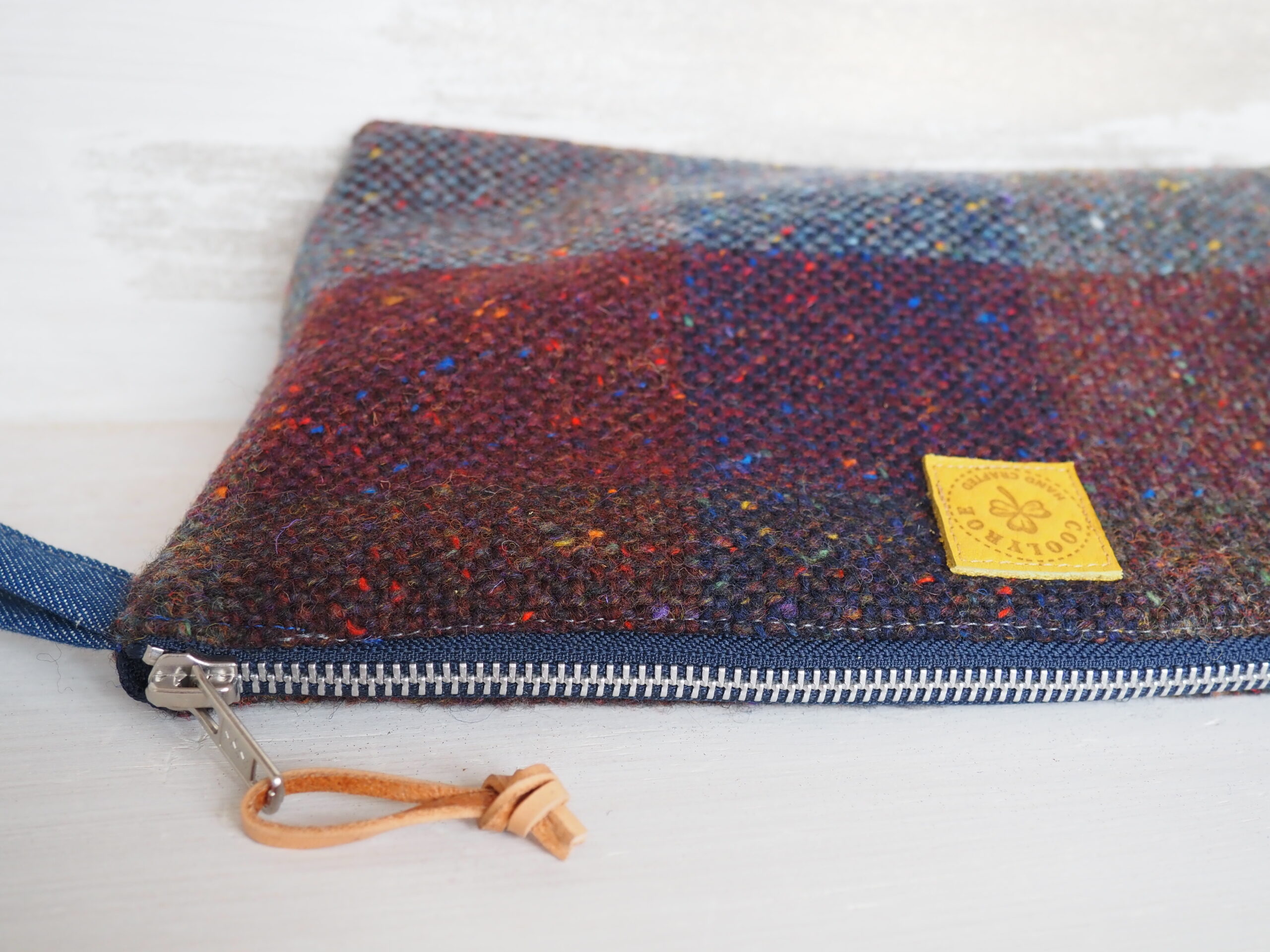Short History of Tweed
The origins of tweed date back to the 18th century. Farmers in Scotland and Ireland needed a robust and weatherproof fabric for daily use in the fields and meadows. What could be more natural than weaving the wool of the local sheep? Tweed emerged and became widespread throughout Europe. The robust weave made the fabric ideal for use in cooler climates and outdoors. It became increasingly popular and was soon worn by the finer society for outdoor activities such as hunting, shooting or fishing.
One region that was particularly influenced by the tweed mills of Ireland is Donegal in the north of the country. Traditionally, the wool of locally-bred sheep is used, which is dyed with natural ingredients such as blackberries, moss and gorse. This is why the material reflects the wild beauty of Ireland in the colorful speckles that make it so unique.
Various weaving patterns have become established as variations, such as herringbone or tartans. Here, Irish history comes to life – one type of weave, for example, is the St. Brigid’s Cross, where the cross of the Irish national saint is woven directly into the fabric as a pattern. Did you know every Irish county has its own traditional tartan tweed fabric in its own colors and pattern?
Today, the Outer Hebrides of Scotland and the traditional tweed mills in Ireland are considered centers of this centuries-old textile culture.
Discover our unique bags made from Irish and British tweed in the shop and enjoy pieces that beautifully combine tradition and contemporary style.


